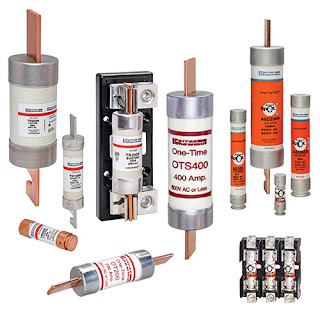Rehm To Demonstrate Soldering Processes At Nepcon
Rehm Thermal Systems is to showcase high-volume reflow processes with advanced residue management at the Nepcon Shanghai exhibition on 20-22 April 2010. The team will highlight the company's range of convection and condensation soldering processes at the event. Visitors to the show will be able to see the company's Vision XS 944 convection reflow in action on the company's stand, where they can also learn more about Condenso void-free vacuum condensation soldering.
The VisionXS convection reflow soldering equipment is said to employ future-proofing technology that delivers measurably more repeatable soldering results. Available with either air or nitrogen atmosphere, in the VXS also incorporates an integrated residue management system that includes Rehm Pyrolysis technology in the heat zones. The Pyrolysis is said to be virtually maintenance-free and employs elevated temperatures to split long molecular chains and reduce the amount of condensable waste and undesirable dripping within the process chamber.
Rehm said the result is efficient and environmentally friendly disposal of contamination, increased productivity and reduced cost of ownership. Heat transfer is said to be significantly optimized in the VisionXS 944's four peak zones. Minimal distance between the nozzle sheets and the conveyor, as well as separately adjustable flow rates for the upper and lower heat zones assure that the PCBs are heated uniformly, minimising thermal stress and reducing related soldering defects.
The four-stage cooling tract in the VXS944 is available with individual speed and volume control in each zone, enabling VXS944 is available with individual speed and volume control in each zone, enabling 50C exit temperatures and precise cooling gradients to further ensure stress-free processing. An effective bottom side cooling configuration is also available to assure more homogenous cool down. This design is particularly useful for uniformly processing thick PCBs, workpiece carriers, and PCBs with unevenly distributed inner copper layers, all of which present more thermally challenging processing.
The VisionXS convection reflow soldering equipment is said to employ future-proofing technology that delivers measurably more repeatable soldering results. Available with either air or nitrogen atmosphere, in the VXS also incorporates an integrated residue management system that includes Rehm Pyrolysis technology in the heat zones. The Pyrolysis is said to be virtually maintenance-free and employs elevated temperatures to split long molecular chains and reduce the amount of condensable waste and undesirable dripping within the process chamber.
Rehm said the result is efficient and environmentally friendly disposal of contamination, increased productivity and reduced cost of ownership. Heat transfer is said to be significantly optimized in the VisionXS 944's four peak zones. Minimal distance between the nozzle sheets and the conveyor, as well as separately adjustable flow rates for the upper and lower heat zones assure that the PCBs are heated uniformly, minimising thermal stress and reducing related soldering defects.
The four-stage cooling tract in the VXS944 is available with individual speed and volume control in each zone, enabling VXS944 is available with individual speed and volume control in each zone, enabling 50C exit temperatures and precise cooling gradients to further ensure stress-free processing. An effective bottom side cooling configuration is also available to assure more homogenous cool down. This design is particularly useful for uniformly processing thick PCBs, workpiece carriers, and PCBs with unevenly distributed inner copper layers, all of which present more thermally challenging processing.


Comments